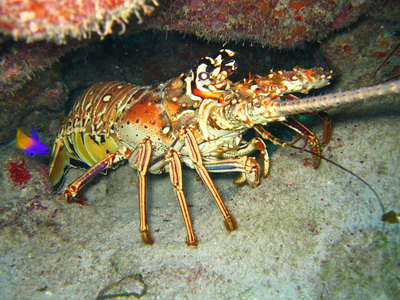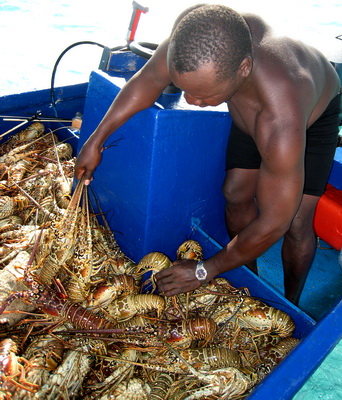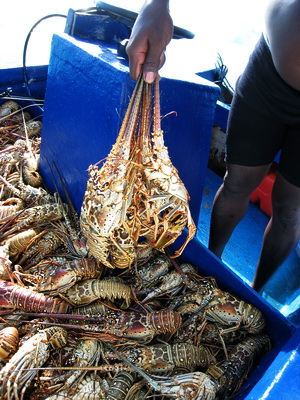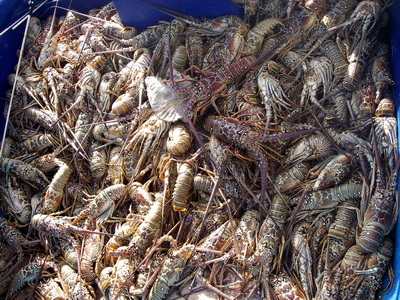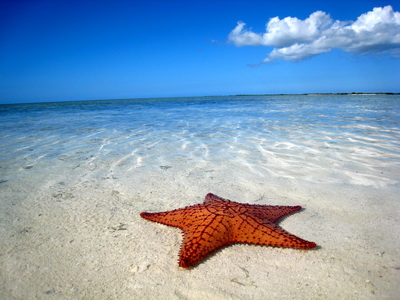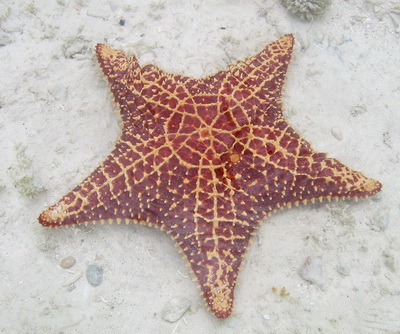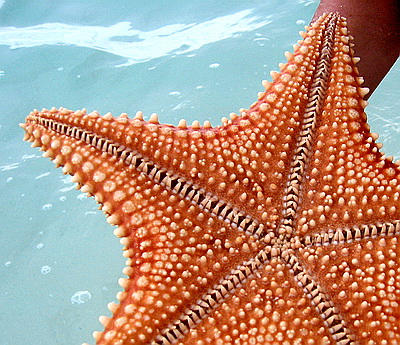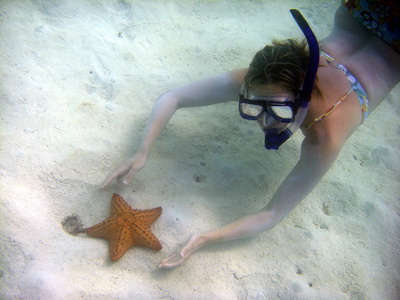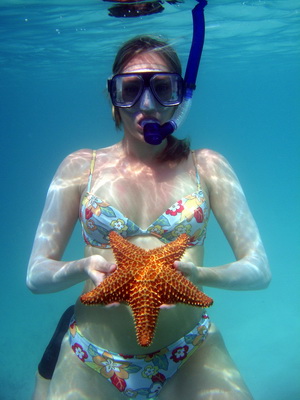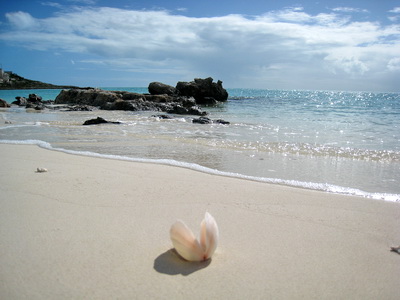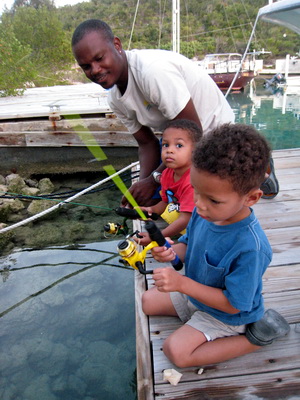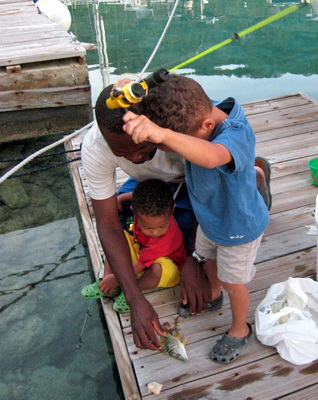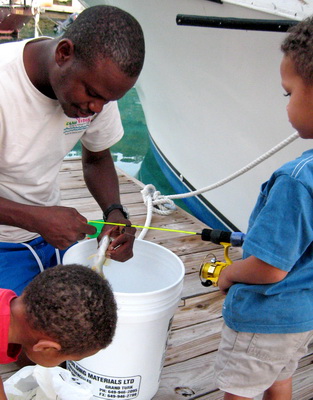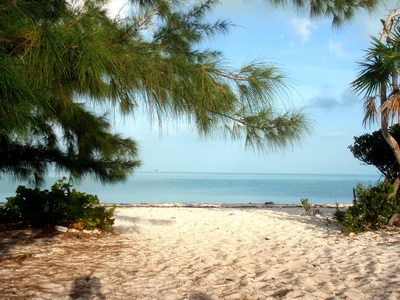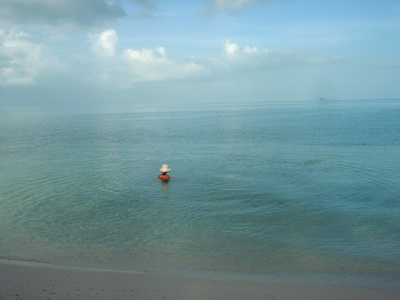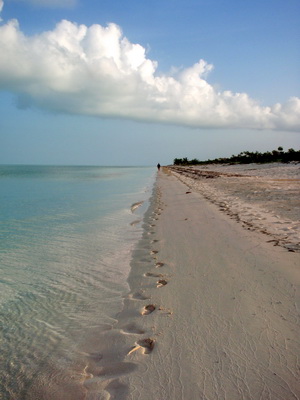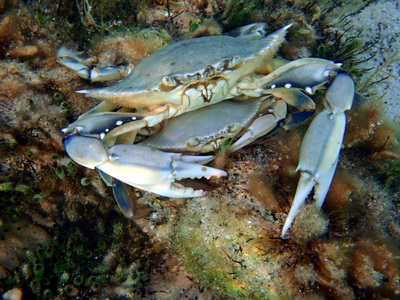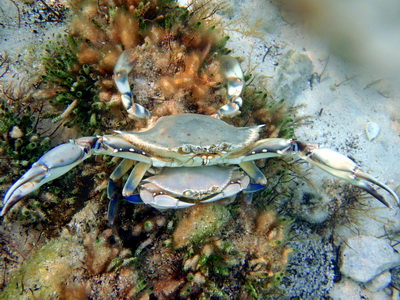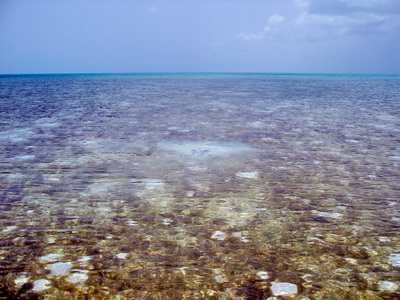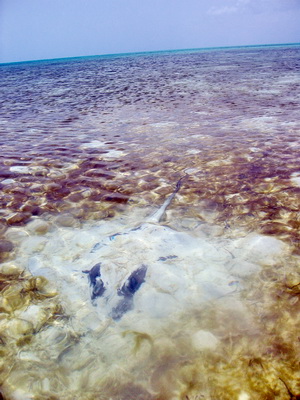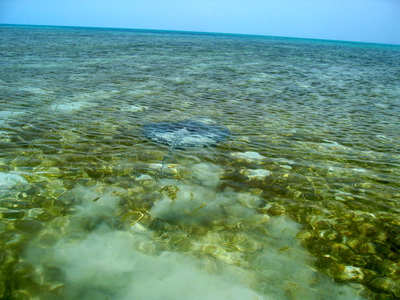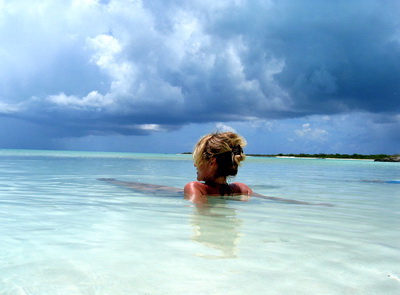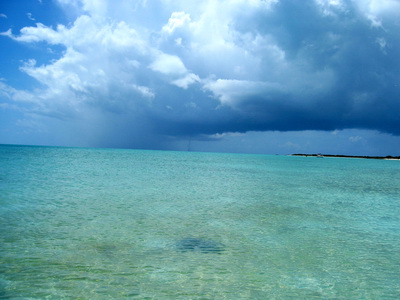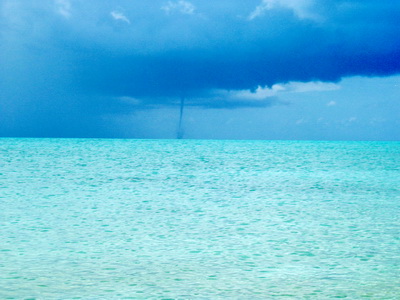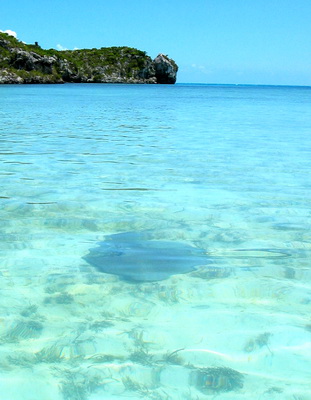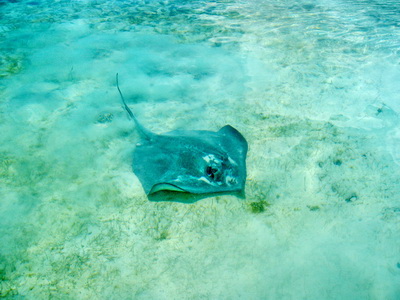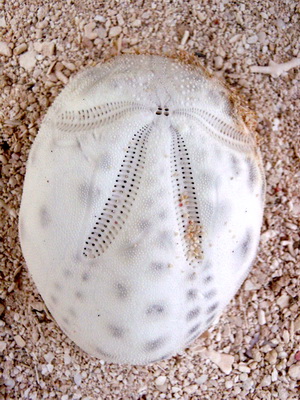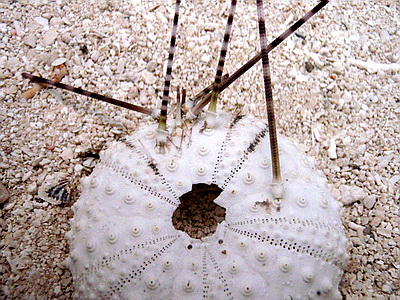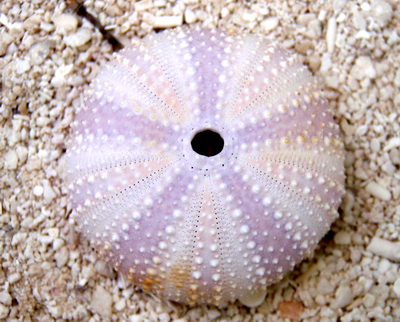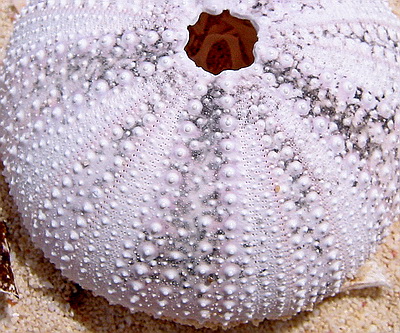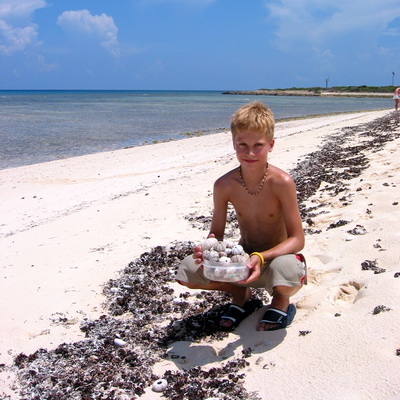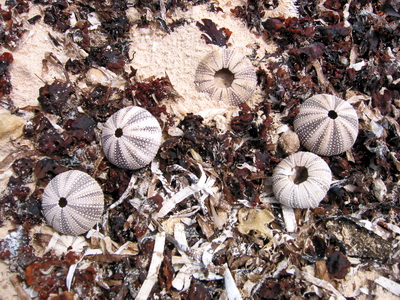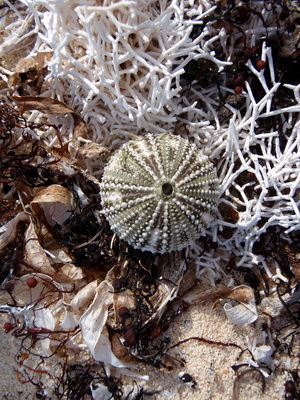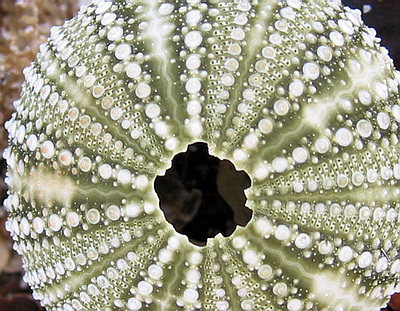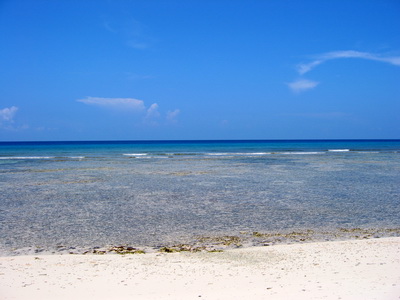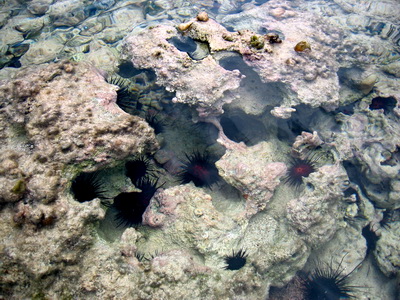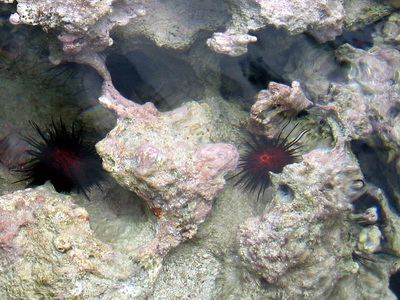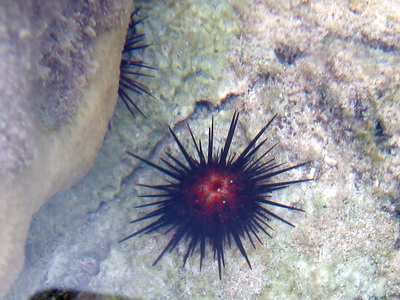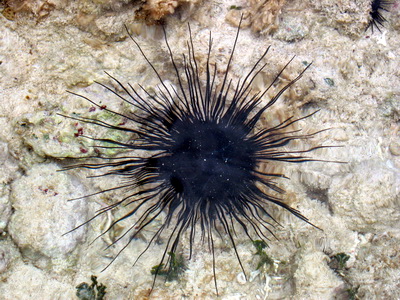Lobster season opens today and I’m sure all available boats will be out today fishing for lobster. The Caribbean Spiny Lobster is also known as langouste, rock lobster, crayfish and crawfish and they tend to shelter in crevices of rocks and coral reefs during the day and coming out at night to feed. They have a striped body, brown-gray in colour with yellow spots on the segmented tail.
In the Turks and Caicos Islands lobster season is from Aug 1 to March 31 and some of our fishermen learned to dive at a young age and have inherited their knowledge of lobster from their fathers or other family members.
Boats usually carry team of 2 to 4 fishermen and since the fishing boats have a shallow draft, they can stop directly over patch reefs on the Caicos Banks. The spiny lobsters are found hiding in crevices and under coral outcroppings.
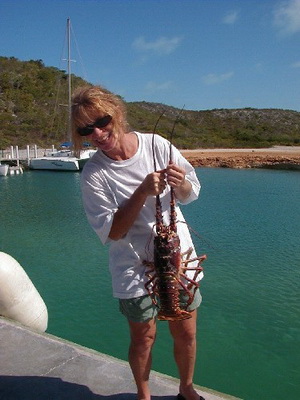
I couldn't resist putting in this photo as this was simply the biggest lobster I've ever seen. It was huge!
Our guests at Harbour Club Villas will be heading to Baci’s Ristorante this evening where John will be preparing a delicious lobster feast for this evenings diners. Come on down to Baci’s for fine dining in an Italian terrazzo style ambiance nightly fresh fish and lobster specials. Hope to see you there!
Marta

